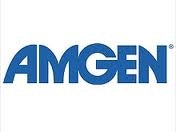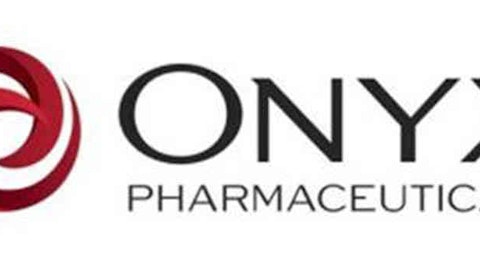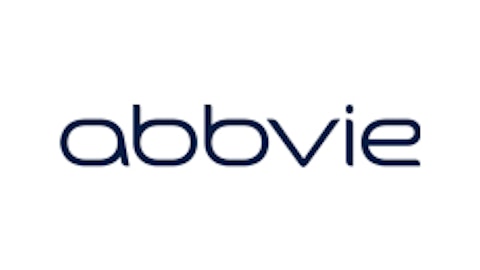
But does that necessarily mean companies, such as Amgen, Inc. (NASDAQ:AMGN), Gilead Sciences, Inc. (NASDAQ:GILD) and Mylan Inc. (NASDAQ:MYL), which are heavily involved in manufacturing and developing these products represent a strong consideration for investors? Do these businesses have the financial heft that it takes to bring new products, much less very experimental ones, to the market?
As is often the case with questions, pertaining to investments, there are no easy “yes” or “no” answers. There might be some glimmers of hope in the future of these companies; their revenues are growing. But there are also some cautionary hints. Among other things, their debt load seems troubling.
Too much debt and indications they are overpriced
Value investors demand quality, focusing on a company’s financial stability rather than upon its temporary price fluctuations. And they become particularly concerned if its numbers indicate a business has become overly leveraged, compromising its economic stability. Before they feel comfortable with it, they want a firm’s debt/equity ratio to be under one.
Amgen, Inc. (NASDAQ:AMGN) clearly does not meet those stringent standards. Its debt/equity ratio for the most recent quarter (the one ended on June 30) is hardly pristine: 122.58. And the fact that its long term debt has more than doubled between 2010 ($10.874 billion) and 2012 ($24.034 billion) might also raise eyebrows, as these figures could signify the company is becoming increasingly more leveraged.
Gilead Sciences, Inc. (NASDAQ:GILD)’s debt/equity ratio (for the most recent quarter) might be somewhat less troublesome than is Amgen, Inc. (NASDAQ:AMGN)’s, but at 76.96 it is hardly stellar. And as is the case with Amgen its long term debt grew considerably between 2010 and 2012 – from $2.839 billion to $7.055 billion.
Mylan Inc. (NASDAQ:MYL) also has a debt/equity ratio (for the most recent quarter) which sends up strong warning signs: 217.08. However, its long term debt has not increased between 2010 and 2012 to the same degree as did the debt accumulated by either Amgen, Inc. (NASDAQ:AMGN) or Mylan Inc. (NASDAQ:MYL). In fact, it remained relatively static between 2010 ($5.263 billion) and 2012 ($5.337 billion).
In determining its book value, the depreciation a company has accumulated is subtracted from its net asset value. Comparing a firm’s book value to its market value (its price/book ratio) can help to determine if it is overpriced. Taking this reasoning into account, value investors set a high confidence level: a price/ book value less than one. Amgen, Inc. (NASDAQ:AMGN), Gilead Sciences, Inc. (NASDAQ:GILD) and Mylan Inc. (NASDAQ:MYL) do not come close to meeting this gold standard. For the most recent quarter, they posted these price to book ratios: Amgen 4.03, Mylan 4.29, Gilead 8.74.




